
Home Automation Using IoT - Unlock Smart Living Today
Picture this: you wake up to your favorite tunes, the lights gradually brighten, and the coffee machine kicks in,all without you having to lift a finger. That’s the magic of home automation using IoT (Internet of Things). It’s revolutionizing our lives by making our homes smarter, more connected, and incredibly efficient.
Say goodbye to the hassle of manually turning off appliances or stressing over whether you left the lights on. With smart home automation using IoT, you gain control, comfort, and peace of mind,all right at your fingertips. In this blog, we’ll dive into how integrating IoT into home automation is changing the game for everyday living, the role of smart devices like smart switches for home automation and thermostats, and how Qlic Automation can help you bring this cutting-edge technology into your home.
Understanding Home Automation and IoT
What is Home Automation?
Home automation is all about using technology to control your household appliances and systems automatically. Whether it’s lighting, climate control, security, or entertainment, automation allows you to manage everything from your smartphone, through voice commands, or on a set schedule. With home automation, you can say goodbye to manual tasks. You can create triggers and rules so your home adapts to your routine,like locking the doors at night or turning on the lights as the sun sets.
What is IoT?
The Internet of Things (IoT) is a network of physical devices that are connected to the internet, gathering and sharing data. In the realm of home automation, this includes sensors, switches, appliances, and systems that communicate with one another to simplify and enhance your life.
These devices can send and receive real-time data, allowing for smarter decisions and seamless interactions between various home systems.
How They Work Together
When home automation using IoT is at play, your devices can communicate with one another and make decisions independently. For example, your thermostat can lower the temperature when you head out, and the lights can turn off automatically,helping you save energy while making life a bit easier. It’s this blend of automation and connectivity that brings your smart home automation using IoT to life,one that not only serves you but also anticipates your needs and adjusts to fit your lifestyle.
Components of Smart Home Automation Using IoT
Smart Devices
These are the essential components of home automation solutions using Iot. Some popular devices include:
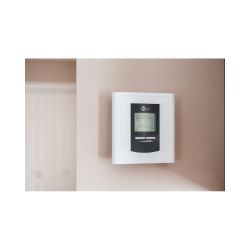
Smart thermostats
They automatically tweak temperature settings based on your habits.

Voice assistants
(like Alexa or Google Assistant) – They let you control devices with just your voice.
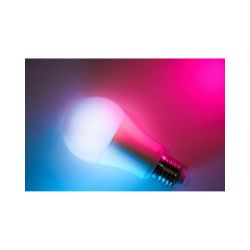
Smart lights and bulbs
You can change colors, dim them, or turn them off right from your phone.
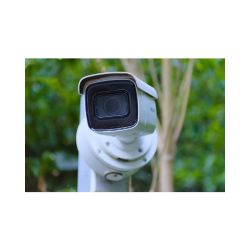
Security cameras and doorbells
They keep an eye on things in real-time and send you instant alerts.
But that’s just the tip of the iceberg; the smart device ecosystem is expanding quickly to include things like smart curtains, refrigerators, and even robotic vacuum cleaners.
Smart Switches for Home Automation
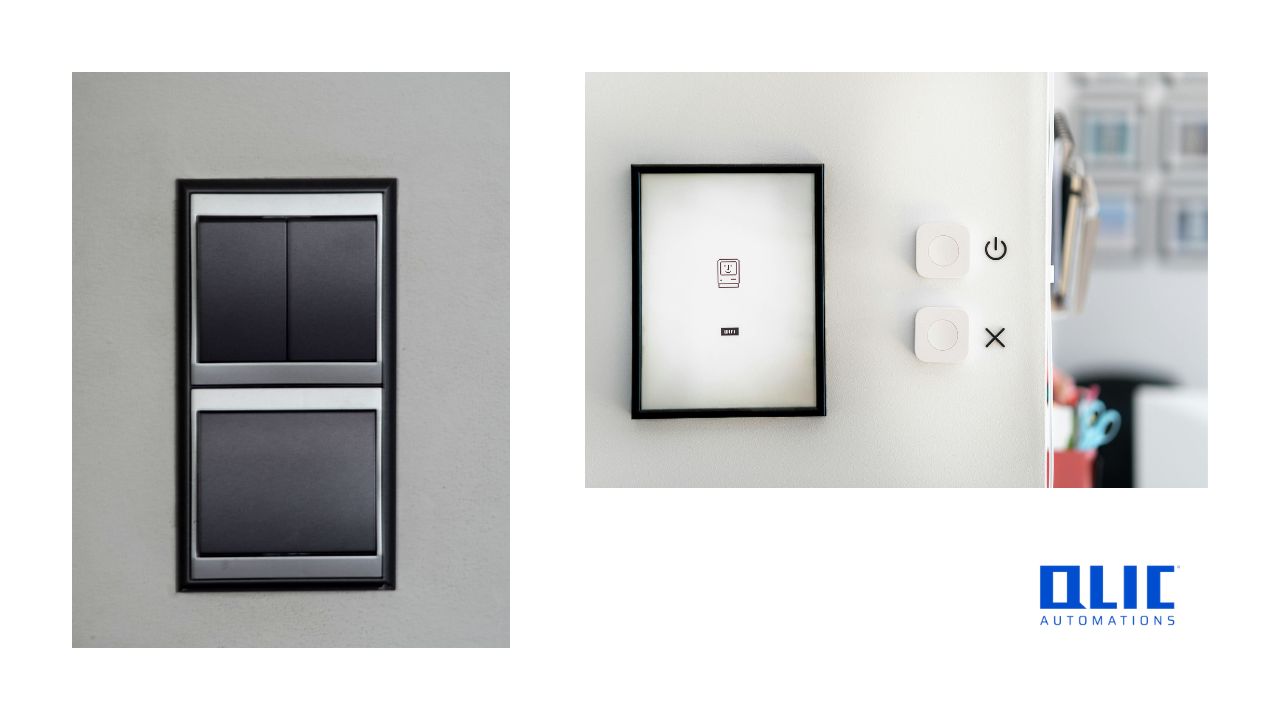
Smart switches for home automation give you the power to control lights and appliances from anywhere. You can set them on schedules, link them with voice assistants, and they help you cut down on energy use.
The perks include:
– Remote control through apps.
– Voice activation for a hands-free experience
– Scheduling and automation to streamline your daily routines, Energy tracking and insights into your usage
These switches take the place of traditional wall switches, offering a modern touch with sleek functionality.
– Communication Protocols
For devices to communicate effectively, they rely on various protocols, such as:
– Wi-Fi: This is the go-to for internet-connected gadgets, providing wide-ranging compatibility.
– Zigbee and Z-Wave: These are favourites in smart homes because they consume little power and offer dependable mesh networking.
– Bluetooth and Thread: These are becoming increasingly popular for low-range smart devices, allowing for quick and efficient communication.
Choosing the right protocol can significantly impact performance, compatibility, and energy efficiency.
– Centralized Control
Smart homes typically depend on a central control system, often a mobile app or a smart hub. This interface consolidates all your devices, making management a breeze.
You can set up routines, receive alerts, keep an eye on energy usage, and adjust settings without hopping between different apps. Hubs also enhance communication between devices and integrate voice control seamlessly.
Benefits of IoT-Enabled Home Automation
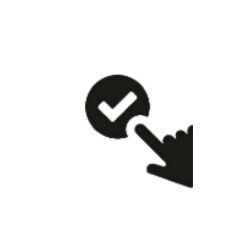
Convenience
You can manage your entire home from your smartphone, whether you’re at work or enjoying a vacation. From dimming lights to locking doors, it’s all just a tap away. Set up “scenes” like “Good Night” to turn everything off with a single command, or “Coming Home” to automatically switch on the lights and air conditioning.
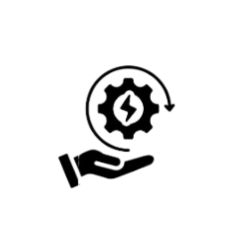
Energy Efficiency
Smart living help you cut down on energy use by turning off devices that aren’t in use and optimizing how you use energy. Thermostats can adjust according to your daily schedule, while smart plugs let you keep an eye on power-hungry devices. Over time, you’ll likely see a decrease in your electricity bill without lifting a finger.
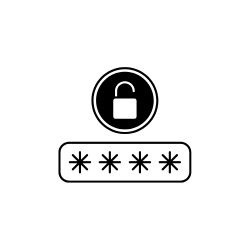
Enhanced Security
With smart cameras, motion detectors, and remote access, you can keep an eye on your home around the clock. Get instant alerts when someone rings your doorbell or when motion is detected in sensitive areas. Pair this with automated locks, window sensors, and panic alarms for a truly secure smart home.

Personalization
Design routines that fit your lifestyle, like “movie night” scenes that dim the lights and turn on your TV. Every family has its own rhythm, and automation allows you to tailor your home around that. Some systems even learn your behavior over time to suggest smart changes
Smart Switches for Home Automation: A Closer Look
How They Work
Smart switches for home automation are a modern twist on traditional wall switches. Once you connect them to your Wi-Fi or a hub, you can control them using apps or even your voice!
These nifty devices allow you to schedule when your appliances turn on and off, group controls for convenience, or set up special modes like “Vacation Mode,” which makes it look like you’re home by mimicking your lighting patterns while you’re away.
Key Advantages :
Save energy by automatically turning off devices that are not in use. Enjoy the convenience of scheduling and automating your daily routines. Seamlessly integrate with other smart devices for a smoother experience. Give your home a stylish upgrade with a modern aesthetic
Installation :
Most smart switches are designed to fit right into standard electrical systems. However, for optimal performance, consider professional installation.
Product Examples :
– TP-Link Kasa Smart Wi-Fi Light Switch Wipro Next Smart Switch
– Qlic SmartSwitch Pro (by Qlic Automation)
Qlic’s smart switches are crafted with user-friendliness, durability, and a sleek design in mind, making them a fantastic choice for homes in India.
Future Scope of Smart Home Automation
Technological Advancements
Imagine a future where your home is smart enough to understand you! With AI-driven automation, your living space could adapt to your preferences, adjusting the lighting, temperature, and security just the way you like it.
We’re already on the brink of exciting features like voice recognition, gesture control, and predictive maintenance.
Market Trends
The smart home market is really taking off! More and more homeowners are embracing IoT devices, which is leading to a wave of innovative products and seamless connectivity.
In India, especially in bustling metro cities, the trend of smart home automation using IoT is rapidly gaining traction and becoming the norm.
Sustainability
Smart homes are champions of green living. They come equipped with devices that monitor and help reduce electricity consumption, paving the way for a more sustainable lifestyle.
We’re also seeing smart water management systems and air purifiers becoming part of this eco-friendly ecosystem.
Challenges and Opportunities
Of course, there are challenges to tackle, like data privacy and system compatibility. But these hurdles also present opportunities for creating better, more secure, and user-friendly solutions.
Companies and service providers, such as Qlic, are prioritizing privacy-first features and working on enhancing interoperability across different brands.
Implementing Smart Home Automation Using IoT with Qlic Automation

Qlic Automation’s Offerings ;
Qlic Automation is all about delivering top-notch home automation services. Whether you need simple lighting control or a complete home integration system, they’ve got you covered.
They utilize the latest technology, user-friendly interfaces, and high-quality hardware to create smooth automation experiences.
Key Products and Services:
Smart switches and dimmers, integrated home automation systems, Mobile app control and remote access, Voice assistant integration
Energy monitoring tools
Qlic is committed to making your experience seamless with comprehensive support, from installation to upgrades.
At Qlic, they understand that one size doesn’t fit all. That’s why they provide tailored solutions that align with your lifestyle and budget.
Whether you live in a cozy 2bhk apartment or a lavish villa, Qlic customizes each solution to ensure you’re completely satisfied.
Success Stories
Case Study: A customer in Bangalore transformed their 3BHK apartment into a smart home with Qlic Automation. With scheduled lighting, remote control of appliances, and integrated security, they now enjoy enhanced comfort and peace of mind.
Their feedback? “It feels like the house anticipates our needs before we even realize them.”
Conclusion
Smart home automation using IoT isn’t just a thing of the future anymore; it’s a reality that’s enhancing our lives every single day. With perks like convenience, energy savings, security, and sustainability, the advantages are truly limitless.
Whether you’re dipping your toes in or diving headfirst, Qlic has the know-how and tools to support you every step of the way.
Faq
Home automation uses a combination of wireless communication, sensors, controls and cloud computing technologies. Large technologies include:
1. To connect devices such as Wi-Fi and Bluetooth-Smart lights, switches and thermostats to a central hub or smartphone.
2. Zigbee and Z-Wave are low-power Wireless protocols designed exclusively to communicate with each other and are designed for smart home units.
3. Voice Assistant – Like Amazon Alexa, Google Assistant and Apple Siri, which allow users to control smart units with voice commands.
4. Mobile apps – to monitor and control devices from externally using smartphones or tablets.
5. Artificial intelligence (AI) – to enable learning behaviour patterns, to automate routine and increase energy efficiency.
6. Cloud services – to store data, run automation rules and provide external access and updates.
Together, these technologies enable owners to make the owners more automated for light, safety, climate control, entertainment and additional facilities, energy efficiency and safety.
Light control: Home Automatization allows you to control the light from a distance or set them to the schedule. It improves energy efficiency, improves safety by simulating coating, and combines features with functions such as dimming or speed -based activation.
Climate control: Smart thermostats and automated HVAC systems help maintain a comfortable indoor temperature. They can teach your habits, automatically adjust the settings and reduce energy use, eventually reduce the use of use.
Safety and monitoring: Home automation integrates camera, motion sensor, smart lock and alarm system. You can monitor your home in real time, receive notifications and even control access to distance, provide security and increased protection.
There are many reputable companies in the home automation industry, each providing unique functions, prices and technology. Here are some of the best options, which start with a top local supplier:
1. Qlic Automation Services – known for offering smart home solutions, Qlic Automation specializes in smart switches, lights, climate control, safety systems and voice integration. Their services are ideal for homeowners seeking customized automation setups, energy efficiency and professional support in the United Arab Emirates region.
2. Control4– an famous global brand that offers high-end home automation systems with centralized controls for light, safety, sound and more.
3. Crestron premium – offers automation of automation, especially with popular, deep adaptation skills, popular in luxurious homes and large projects.
4. Google Nest-friendly smart home products such as Nest thermostats, cameras and speakers, easily integrated through the Google Home app.
5. Amazon Alexa -Woce is known for control. Amazon’s ECO devices are linked to a wide range of smart home pieces for practical control.
6. Apple HomeKit – offers safe and uninterrupted control of the best, iPhone, iPad or Siri for users in Apple Cooker systems.
Each of these companies has its strengths, so the “best” depends on your specific needs, budget, and whether you prefer Qlic automation or an international brand.